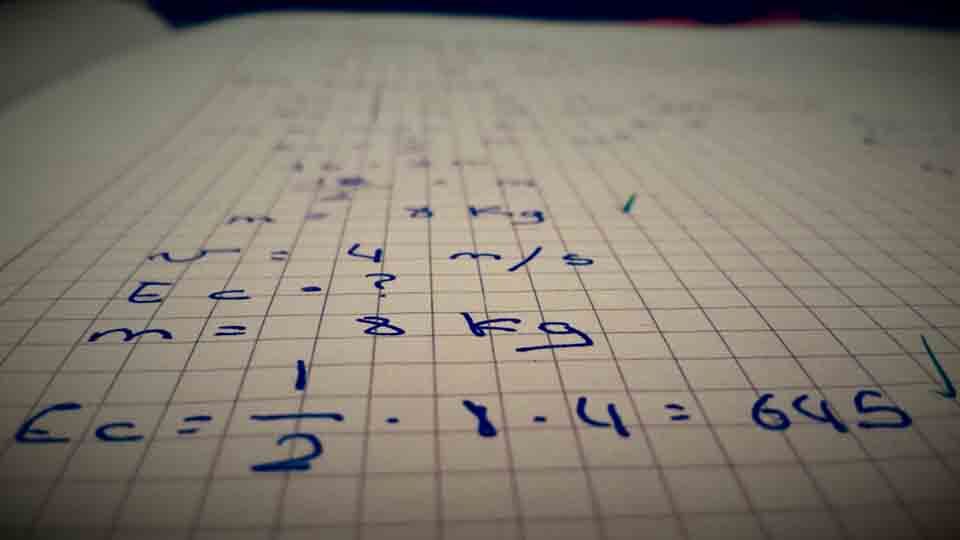Graph paper is more than just a tool for drawing graphs; it is a powerful visual aid that can significantly enhance a child’s ability to understand and solve math problems it is a manipulative for children between the ages of six and 13 and serves as an invaluable resource in organizing work, visualizing concepts, and maintaining clarity in problem-solving.
Graph Paper is an Underrated Math Tool
Most seven-year-olds will find it extremely difficult to draw a number line on a piece of blank paper. It could become an overwhelming task to try and emulate the example shown by their teacher. Graph paper will help them keep a number straight, as the lines are already there for them to use.
- For younger students, graph paper simplifies the process of drawing number lines, creating arrays, and visualizing fractions. This can make abstract concepts more concrete and easier to understand.
- The grid structure of graph paper helps to keep work tidy and organized, which in turn helps in solving math problems more effectively, while providing insight into the child’s thought process.
Help Your Child to Work in an Organized Manner
Below are suggestions of how to use graph paper to help children to work in an organized manner. When studying at home, provide your child with either a composition or spiral notebook of graph paper. Sizes vary according to age and are available in ¼ or 1 inch.
Use graph paper as a manipulative for creating, drawing and organizing work as shown in the following examples:
- Arrays: Helps in visualizing multiplication and division by arranging numbers in rows and columns.
- Area Models: Useful for understanding division and multiplication through visual representation.
- Number Lines: Assists in drawing accurate number lines and helps in visualizing addition and subtraction.
- Fractions: Facilitates understanding of fractions by allowing students to color and compare parts of a whole.
- Geometry: Aids in drawing and measuring geometric shapes and understanding spatial relationships.
- Counting: Useful for skip counting and counting by grouping numbers.
- Data Representation: Helps in organizing and interpreting data through graphs and charts.
You can download ready made graph papers here.
Create a PDF Model
Create a problem-solving math tool by making a PDF of a page of graph paper, using Adobe Acrobat.
Features include:
- Size and scale – graph paper is available in various sizes and scales. Generally, the size is 8.5 x 11 inches, but smaller and larger sizes can also be found.
- Visual tool – graph paper is a must-have problem-solving visual math tool.
How to Create a PDF Document
- Open Acrobat, select Create PDF, select Blank Page format.
- Use the drawing tools in the program to create a grid of squares on the document.
- Customize the graph paper by adjusting color, grid spacing, and size, ensuring that each square is the same in size and that the grid fits the page dimensions for the size of PDF required.
- Save as a PDF file.
You can download ready made graph papers here.
Conclusion
Graph paper is a versatile and often underrated tool that can transform the way children learn and engage with math.
By providing a structured framework, it helps in organizing thoughts, visualizing concepts, and maintaining clarity. Beyond math, graph paper can also be used for creative activities such as drawing, puzzles, and games, making it a valuable addition to any learning toolkit.

